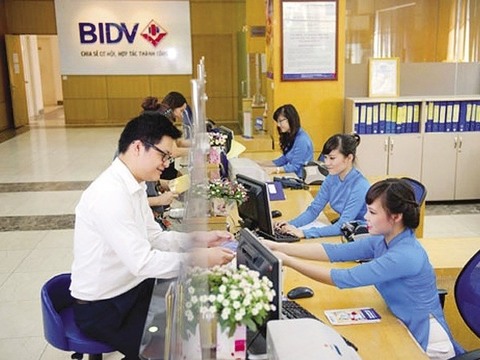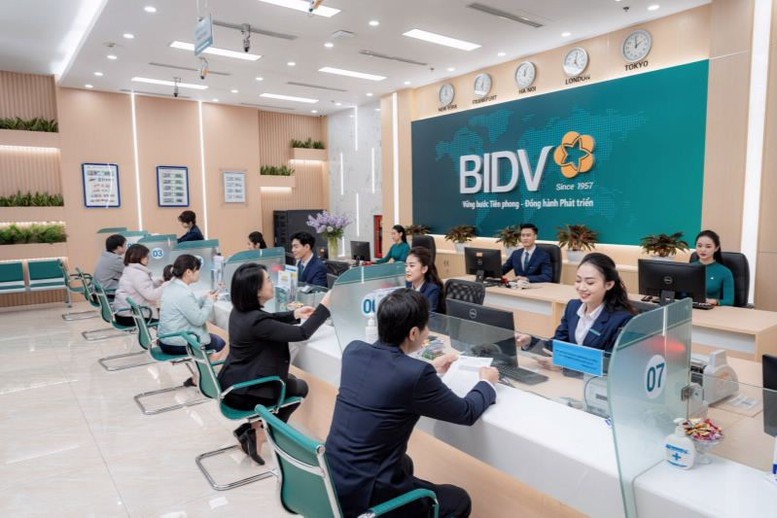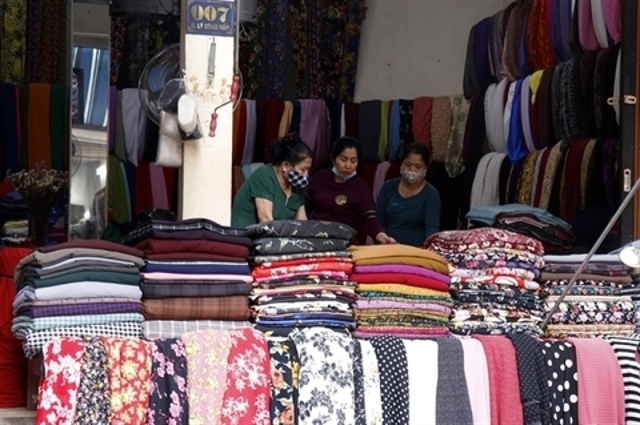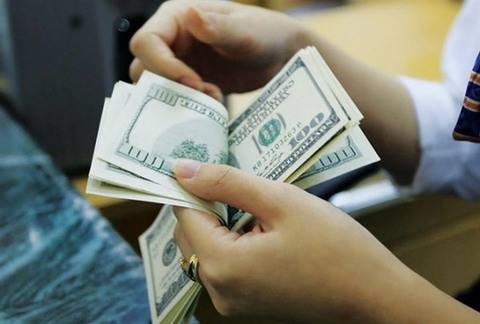Is it time to wave good-bye to the credit growth ceiling?
Is it time to wave good-bye to the credit growth ceiling?
Experts suggest the central bank to abolish the annual credit growth target and let the market decide its own supply and demand of credit.

Sebastian Eckardt, lead economist of the World Bank in Vietnam, has recommended the State Bank of Vietnam (SBV) to remove the credit growth quota set for each year and let the market determine the credit demand in the economy on its own, as the capital adequacy ratio (CAR) is not deemed sufficient.
He advocated the abrogation of administrative measures limiting banks’ credit growth and supported the idea of controlling such growth by a safety ratio instead. However, he also warned about the high credit-to-GDP ratio in Vietnam.
According to the ‘Taking stock: An update on Vietnam’s recent economic developments’ report released by the World Bank in December 2018, although local monetary policies remain accommodative, credit conditions have been tightened. The SBV trimmed its credit growth target to 17 per cent in 2018 from the 18 per cent set in the previous year. The monetary authority has also reinstated its view on controlling lending to high-risk sectors, including real estate, securities, and consumer finance.
Eckardt noted that liquidity in the banking sector also tightened markedly, due to slower deposit growth pushing up short-term interbank interest rates. Amidst tighter financing conditions, credit growth moderated to about 15 per cent in October, compared to 18.6 per cent over the same period in 2017. The credit-to-GDP ratio remains elevated, however, at 136 per cent as of the third quarter of 2018.
According to the report, the rapid expansion of credit in recent years – at more than twice the growth rate of nominal GDP – has elevated the credit-to-GDP ratio to 136 per cent as of the third quarter, higher than most countries at Vietnam’s income level. High levels of indebtedness, meanwhile, compounded by extended periods of rapid credit growth, could amplify risks to financial stability. These concerns are reinforced by relatively thin capital buffers and an overhang of past nonperforming loans at some banks.
Eckardt advised that it is necessary to consider stabilising the credit growth rate as high credit growth has impacted the economy in the past. Nevertheless, supply and demand should be decided by the market itself. In the meantime, the SBV ought to monitor the liquidity and interest rates in line with economic activities.
Echoing Eckardt’s view, economist Nguyen Tri Hieu also said the SBV should allow each bank to adjust its business plan. Accordingly, the banks themselves should guarantee their CAR and keep other indicators such as loan to deposit ratio (LTD) and bad debts ratio from exceeding 3 per cent. Other problems, such as growth rate and running the business should depend on each bank’s capabilities.
"We should abrogate the credit growth ceiling not only for the banking system, but also for each bank," Hieu stressed.
Previously, without the credit growth ceiling, some banks had credit growth of up to 100 per cent of their total assets. Therefore, it is a concern that if the limit is removed, banks would make the same mistake.
However, Hieu said that this is unlikely to happen as bank leaders have learned from the lesson of bad debts from the past. They would be more cautious and stay away from this path.
In addition, the SBV has many tools to control the banks’ operations. For example, according to the scheme on restructuring the credit institution system in 2016-2020, banks must control and conduct an internal audit, especially for the approval of credit and investment contracts, to detect and report any problem to the state administrative agencies.
"This means that based on each bank’s risk appetite, the SBV will force banks to comply with their own regulations and plans. Thus, the SBV has the tools to reduce risks and control the excessive growth of banks," Hieu added.
Many bank leaders expressed the same point of view to VIR. They think that the ceiling on credit growth rate should be removed since banks are aware of the pain of bad debts caused by fast credit growth.
"Looking back at the second quarter of 2018, many banks had to petition the SBV for a raise in credit growth quota and by the end of the year, some of them were approved. When it comes to the application-approval mechanism, giving additional credit growth space to several banks means that the SBV has intervened directly through administrative orders, as well as actively controls the credit lines. In a market economy, the SBV needs to regulate by policies and tools for the whole system, except for special cases of weak banks or banks under special control, requiring direct intervention from state administrative agencies," said the leader of a local bank.























